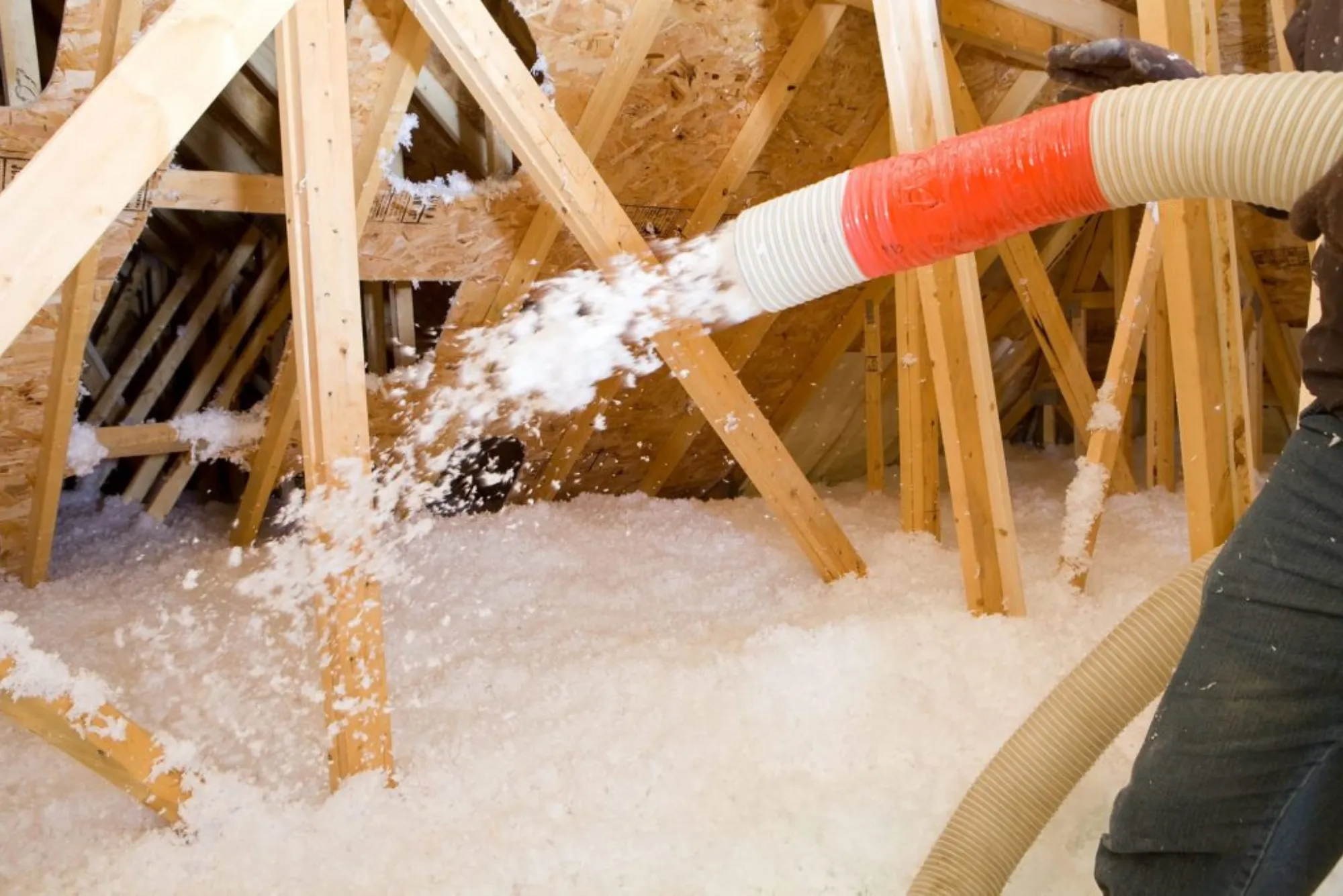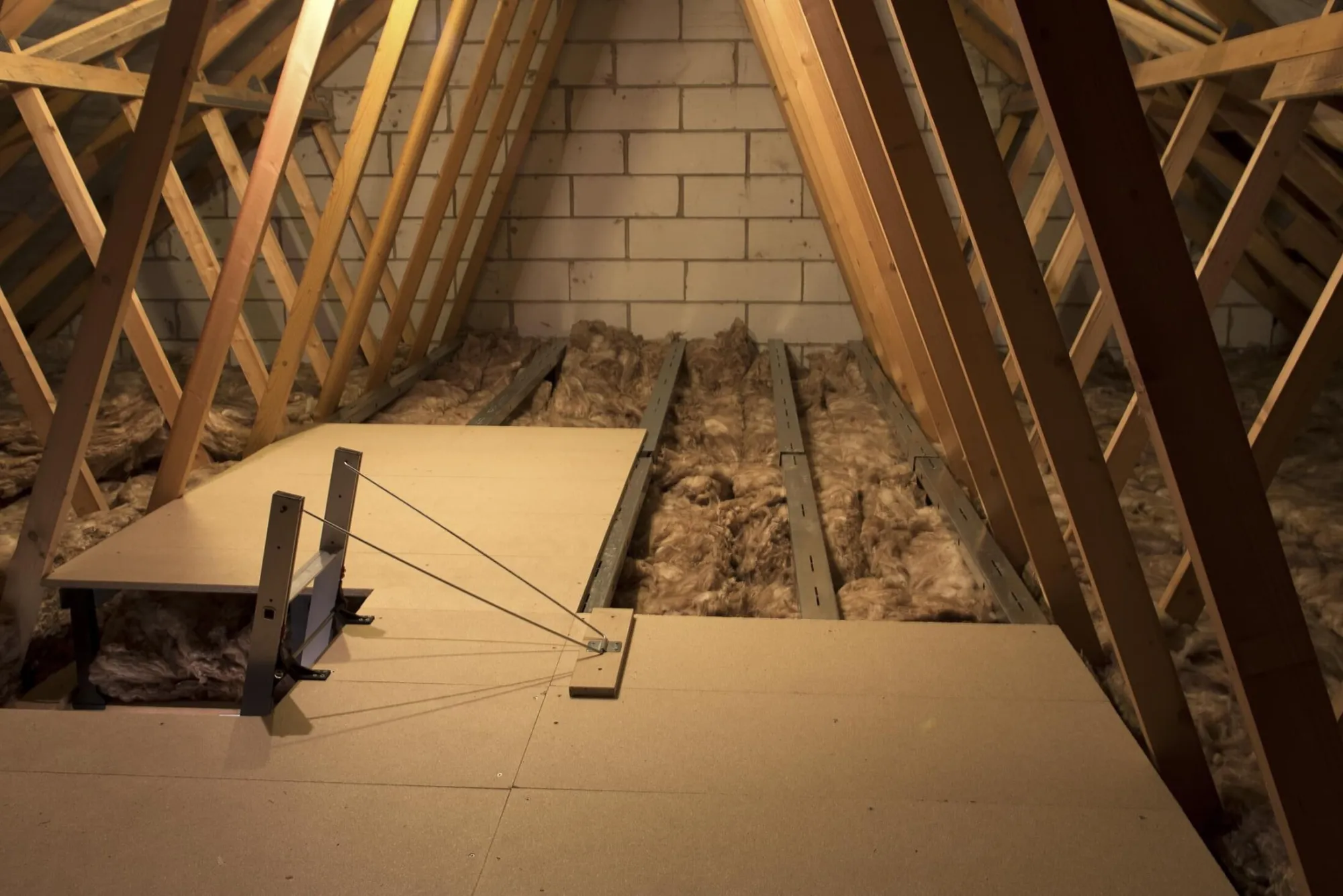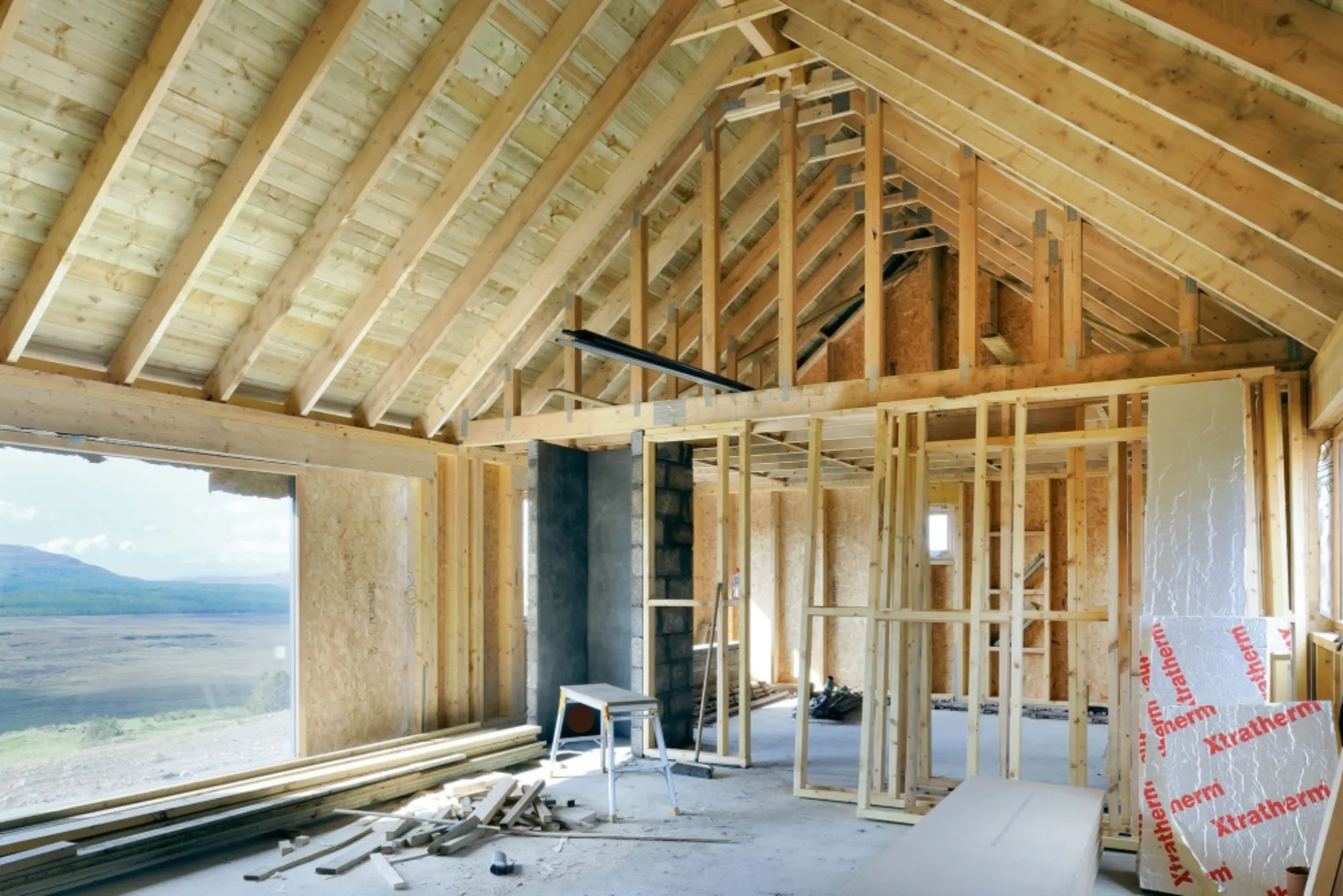Loft boarding is a practical home improvement solution that involves adding a solid floor to your loft space, creating additional storage or even usable living space. This process can be highly beneficial for homeowners looking to maximize their home’s potential. In this article, we will explore various aspects of loft boarding, including its benefits, installation process, types, costs, safety considerations, interaction with insulation, common concerns, and real-life examples.
Introduction To Loft Boarding
What Is Loft Boarding?
Loft boarding is the process of installing a durable floor over the joists in your attic or loft space. This creates a stable surface that can be used for storage or, in some cases, converted into additional living space. Loft boarding typically involves the use of wooden or composite boards that are securely fixed to the joists.
Why Consider Loft Boarding For Your Home?
Homeowners often consider loft boarding for its numerous benefits. By making better use of the unused space in your loft, you can declutter other areas of your home, create a more organized living environment, and potentially increase your property’s value.
Benefits Of Loft Boarding
How Does Loft Boarding Increase Storage Space?
One of the primary benefits of loft boarding is the significant increase in storage space it provides. By creating a solid floor, you can safely store items that might otherwise clutter your home, such as seasonal decorations, luggage, and old documents.
What Are The Advantages Of Loft Boarding In Terms Of Home Organization?
Loft boarding helps in organizing your home by offering a dedicated space for storage. This can free up valuable living areas, making your home feel more spacious and tidy. It also allows you to categorize and store items in a systematic way, making it easier to find things when needed.
How Does Loft Boarding Potentially Increase Property Value?
Investing in loft boarding can enhance your property’s value. Prospective buyers often view additional storage or potential living space as a significant advantage. A well-boarded loft can be a selling point, making your home more attractive in the real estate market.
Loft Boarding Installation Process
What Are The Key Steps Involved In Installing Loft Boarding?
The installation process of loft boarding involves several key steps:
- Assessment: Evaluate the existing loft structure to ensure it can support the additional weight.
- Preparation: Clear the loft space and ensure it is clean and free from obstacles.
- Insulation: If needed, install or upgrade insulation before laying the boards.
- Boarding: Securely fit the loft boards over the joists, ensuring they are level and stable.
- Finishing Touches: Add any necessary finishing touches, such as lighting or access points.
What Materials Are Commonly Used In Loft Boarding?
The materials used in loft boarding typically include:
- Plywood: A cost-effective and durable option.
- Chipboard: Commonly used for its affordability and ease of installation.
- OSB (Oriented Strand Board): Known for its strength and stability.
- Composite Boards: Offer additional durability and insulation properties.
Are There Any Specific Requirements Or Preparations Needed Before Installing Loft Boarding?
Before installing loft boarding, it is essential to ensure that your loft can support the additional weight. This may require reinforcing the existing joists. Additionally, it’s important to address any existing insulation needs and ensure there are no structural issues or dampness in the loft.

Types Of Loft Boarding
What Are The Different Types Of Loft Boarding Available?
There are various types of loft boarding, including:
- Standard Loft Boarding: Basic boarding suitable for general storage.
- Raised Loft Boarding: Elevated boards that allow for insulation beneath the floor, preventing compression.
- Loft Storage Platforms: Modular platforms that can be adjusted or expanded as needed.
How Do You Choose The Right Type Of Loft Boarding For Your Home?
Choosing the right type of loft boarding depends on your specific needs and the condition of your loft. Consider factors such as the intended use (storage vs. living space), existing insulation, and budget when making your decision.
Cost Considerations
What Are The Typical Costs Associated With Loft Boarding?
The cost of loft boarding can vary widely depending on the size of the area, the type of materials used, and whether you hire professionals or opt for a DIY approach. On average, homeowners can expect to spend between $500 and $2,000 for a standard loft boarding project.
How Do The Costs Of Different Types Of Loft Boarding Compare?
The costs can differ based on the type of boarding. Standard loft boarding is generally more affordable, while raised loft boarding and loft storage platforms tend to be more expensive due to the additional materials and labor involved.
Are There Any Long-Term Financial Benefits To Investing In Loft Boarding?
Investing in loft boarding can offer long-term financial benefits, such as increased property value and improved energy efficiency, which can lead to lower heating and cooling costs.
Safety And Regulations
What Safety Measures Should Be Taken When Installing Loft Boarding?
Safety is paramount when installing loft boarding. Key measures include:
- Ensuring the loft structure can support the additional weight.
- Using appropriate personal protective equipment (PPE).
- Ensuring adequate ventilation to prevent condensation and dampness.
- Installing a secure loft ladder for safe access.
Are There Any Building Regulations Or Codes That Must Be Adhered To When Loft Boarding?
Yes, there are building regulations that must be adhered to, particularly regarding structural integrity and insulation. It’s essential to consult local building codes and, if necessary, seek professional advice to ensure compliance.
Loft Boarding And Insulation
How Does Loft Boarding Interact With Loft Insulation?
Loft boarding can complement loft insulation by providing a stable platform that doesn’t compress the insulation beneath. Raised loft boarding is especially beneficial as it allows for adequate insulation thickness while providing a solid floor.
Can Loft Boarding Help With Home Energy Efficiency?
Yes, loft boarding can improve home energy efficiency by ensuring insulation remains effective and uncompressed. This helps maintain consistent indoor temperatures, reducing the need for excessive heating or cooling.
UpToHype is your go-to source for staying ahead of the latest trends and innovations that are making waves across various industries. Whether you’re interested in cutting-edge technology, fashion, or lifestyle trends, UpToHype delivers timely and insightful content to keep you informed and engaged.
With UpToHype, you can explore the most talked-about topics and discover what’s truly worth your attention. The commitment of UpToHype to providing up-to-date and relevant information ensures that you’re always in the know about the latest and greatest. Stay current and never miss a beat with UpToHype, your ultimate guide to the trends that matter.
Common Concerns And Solutions
What Are Common Issues Homeowners Face With Loft Boarding?
Common issues include:
- Insufficient structural support leading to sagging or collapse.
- Compression of existing insulation.
- Inadequate ventilation causing dampness and mold.
What Solutions Are Available For These Common Loft Boarding Problems?
Solutions include:
- Reinforcing joists to support additional weight.
- Using raised loft boarding to prevent insulation compression.
- Installing proper ventilation systems to ensure airflow and prevent dampness.
Case Studies And Examples
Can You Provide Examples Of Successful Loft Boarding Projects?
Successful loft boarding projects often include:
- Small Loft Conversion: Transforming a small loft into a functional storage space, increasing home organization and freeing up living areas.
- Family Home Improvement: A family home where loft boarding created a play area for children, enhancing the use of available space.
- Energy-Efficient Loft Boarding: Installing raised loft boarding with added insulation, significantly reducing energy bills.
What Lessons Can Be Learned From These Loft Boarding Case Studies?
Key lessons include the importance of thorough planning, understanding the structural capabilities of your loft, and considering long-term benefits such as energy efficiency and increased property value.
What Are The Overall Benefits Of Loft Boarding?
Overall, loft boarding offers numerous benefits, including increased storage space, improved home organization, potential property value enhancement, and better energy efficiency.
Is Loft Boarding A Good Investment For Every Homeowner?
While loft boarding is a good investment for many homeowners, it is essential to assess your specific needs, the condition of your loft, and your budget. Proper planning and execution can ensure that loft boarding is a valuable addition to your home, providing both practical and financial benefits.





